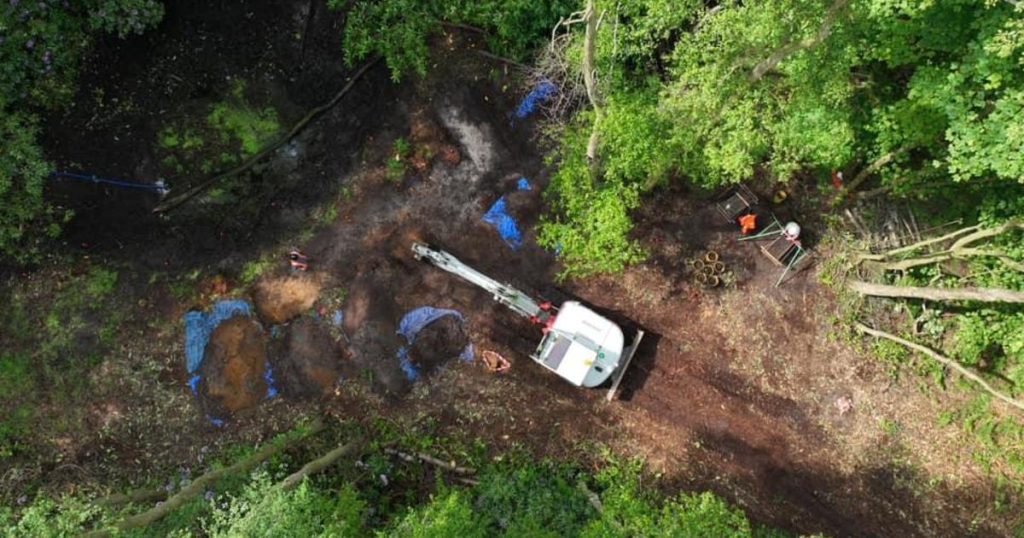The U.S. Department of Defense has identified dozens of missing airmen killed in combat, each with a harrowing story of their final moments. A servicemember from Michigan died on a WWII bombing mission in Southeast Asia when his plane was hit by anti-aircraft fire, while a 21-year-old from Pittsburgh was killed when his plane crashed in Romania during another bombing mission. A pilot from Florida disappeared during a solo spy mission in the Vietnam War. While most missing troops were identified using DNA and dental records, the U.S. government is working with British archaeologists to find the remains of a WWII pilot whose plane crashed in England in 1944.
The Defense POW/MIA Accounting Agency has tasked Cotswold Archaeology to recover the remains of the pilot whose B-17 crashed in East Anglia, in eastern England. The region was a headquarters for the Allies during the “Bomber War” in the 1940s. The B-17 was loaded with explosives and crashed after its controls failed. The excavation of the crash site will be challenging due to waterlogged and sediment-filled conditions, thick trees and undergrowth, and the need to meticulously sift through soil to find plane ID numbers, personal effects, and human remains.
The B-17 Flying Fortress was an American bomber developed in 1935 that served in every combat zone, mainly in Europe during WWII. Known for its strategic bombing of German industrial targets, the bomber played a significant role in the war. The Defense POW/MIA Accounting Agency has identified and returned the remains of over 1,500 Americans killed during WWII to their families, but more than 72,000 servicemembers from the war remain unaccounted for. Archaeologists are working to locate the remains of the missing B-17 pilot in England and a team is in Normandy, France, searching for three other missing airmen shot down on D-Day in 1944.
The team in Normandy is combing the soil to find bone fragments, as well as personal items such as uniforms, navigation tools, watches, and rings belonging to the missing airmen. Air Force Master Sgt. Raul Castillo, the team’s lead support investigator on the mission in France, describes it as a humbling experience and an honor to help bring closure to the families of the missing servicemembers. The recovery missions for missing airmen killed in combat are crucial in providing closure to families, honoring the sacrifice of those who served, and preserving the memory of those who gave their lives for their country. The collaboration between the U.S. Department of Defense and archaeologists in locating and recovering the remains of missing servicemembers highlights the ongoing commitment to ensure that those who made the ultimate sacrifice are never forgotten.


